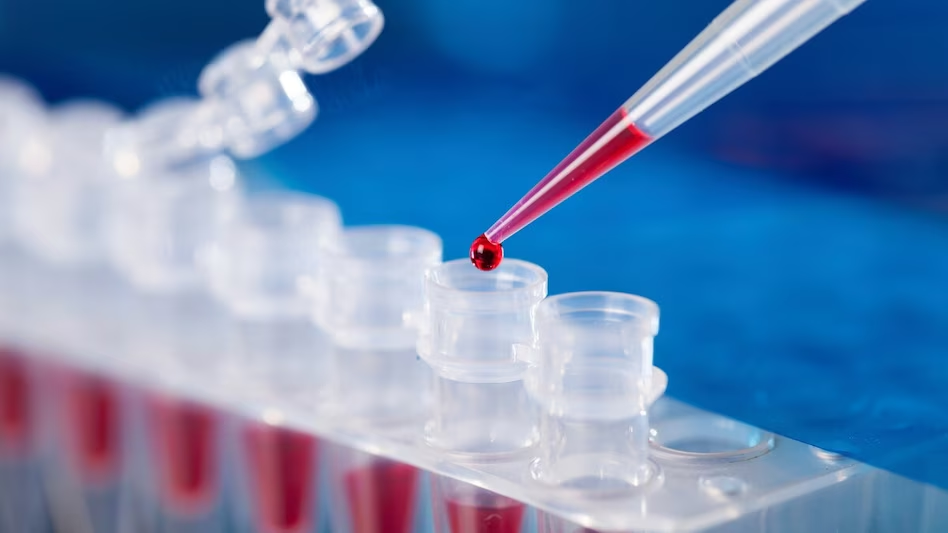In the United States, tens of thousands of people die from blood loss before they can reach a hospital. Whether it’s a roadside crash, a battlefield injury, or a natural disaster, the lack of immediate access to viable blood transfusions has remained a persistent challenge. But a promising breakthrough may soon change that: scientists are developing artificial blood designed to be shelf-stable, portable, and ready for instant use on the scene.
One of the most advanced efforts is underway at the University of Maryland School of Medicine, where researchers have created powdered synthetic blood that can be rehydrated in seconds. The innovation could potentially reshape emergency care and trauma response. Dr. Allan Doctor, leading the research, describes it as “an artificial red blood cell that mimics the function of natural blood while overcoming its storage limitations.”
How Artificial Blood Works in Critical Situations
The artificial blood, branded as ErythroMer, is made from hemoglobin extracted from expired human blood. Scientists encapsulate the protein in a protective lipid membrane, forming artificial cells that are safe and functional. This technique avoids the organ toxicity often caused by free hemoglobin. Once created, these synthetic red cells are freeze-dried into a powder that remains stable at room temperature for years.
“In emergencies, every minute counts,” says Doctor. “With our formulation, a medic can simply add sterile water and within a minute, the blood is ready to transfuse.”
This portability is a game changer. Emergency responders, military medics, and even first responders in rural areas could carry lightweight kits containing artificial blood. The U.S. Department of Defense is backing the effort with over $58 million in funding, recognizing the immense potential for use in combat scenarios where hemorrhage remains the leading preventable cause of death.
Promising Outcomes in Animal Testing Raise Human Hopes
At the Maryland lab, researchers have successfully tested the product on hundreds of rabbits. The synthetic blood has shown promising results in restoring vital signs, such as heart rate and blood pressure, in animals suffering simulated traumatic blood loss. Once rehydrated and injected, the artificial cells rapidly oxygenate tissues, evident from the quick return of pink coloration in the animals’ ears and eyes.
Technician Danielle Waters recalls a recent trial: “We infused three large syringes into the rabbit, and within minutes, he was active again, drinking water. It was incredible.”
The researchers emphasize safety as their top concern. Each animal undergoes a necropsy after testing to ensure no tissue damage occurred. Dr. Doctor’s team remains cautiously optimistic but acknowledges the challenges ahead.
“We’re preparing data for submission to the FDA,” he explains. “We hope to begin human trials within two years.”
Meanwhile, international teams like one in Japan are already testing similar solutions, and experts in biotech remain attentive. Tim Estep of Chart Biotech Consulting notes: “It’s a reasonable approach, but the field has seen many setbacks. Clinical proof will be the final verdict.”
Looking Ahead: A Revolution in Trauma Response
Artificial blood could revolutionize how paramedics and field medics handle life-threatening bleeding. With the potential to be stored without refrigeration, it could significantly improve survival rates during mass casualties, remote rescues, and military missions.
“If this works in humans the way it does in animals,” says Doctor, “we could be looking at a transformative tool in emergency medicine.”
As synthetic blood research progresses, scientists remain committed to balancing innovation with rigorous testing. If successful, the implications extend far beyond battlefield medicine—to rural health systems and disaster zones worldwide, where saving time means saving lives.



